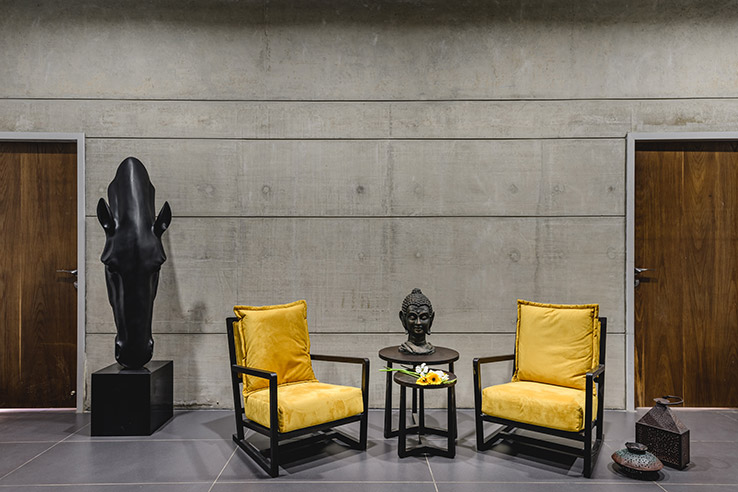
5 Concrete Designs to Implement in Your Office
Concrete is adaptable, resilient, and typically less expensive than other cladding materials like marble or genuine stone. Plus, let’s face it, it looks awesome! Concrete is becoming increasingly popular in corporate design and décor for these reasons.
Because of its adaptability, concrete may be used in practically any design style, including office, industrial, minimalist, and more. It offers a neutral backdrop that helps to balance a room and blends well with other materials such as wood, metal, and so on.
Concrete pulls the attention and grounds the space because of its visual weight, authoritative presence, and intriguing texture, making it a fantastic choice for establishing a focal point in your workplace, whether it’s a concrete conference table, a concrete feature wall, or a concrete coffee table.
So, how can you bring this concrete design trend into your workplace? As broad and varied as the creative options that concrete provides, there are several ways to accomplish so.
Using Raw Concrete Wall Panels to Create Balance
Minimalist design is frequently regarded as calm and quiet. Because there is no clutter, each piece of the design shines out. This architectural approach brings out the raw beauty of concrete and allows it to be used for so much more than simply construction.
Minimalist architecture frequently utilizes wood to counteract the inherent harshness of concrete. Organic wood pieces’ warm, welcoming tones contrast beautifully with the cold, occasionally harsh tonal intensity of concrete.
Using concrete wall panels to decorate your walls is the best approach to add visual appeal to your modern house design. These panels offer your room a modern look that complements your design while also adding warmth and character.
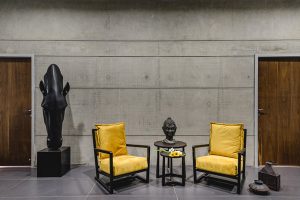
Figure 1: Photo source: www.asianpaints.com
Implementing Shades of Grey
When we think about concrete in office design, our minds often go to industrial, minimalist, or even brutalist design styles. However, things are not always so black and white. Concrete may be used in practically every design style, and it’s because of the shades of grey’ that make it possible.
Concrete comes in a range of color schemes, although conservatives insist on sticking to the natural grey tones of the material. That isn’t to argue that concrete colors can’t be intriguing and varied. Each shade of grey is best suited to a specific design style.
The lighter tones of concrete go well with a minimalist design approach. Because the concrete is a less obtrusive color, the other design elements–furniture, artwork, and textiles–can stand out and be the statement pieces they are in an uncluttered minimalist room. In comparison to heavier grey tones, light grey concrete feels more light and airy, contributing to the open feeling seen in minimalist environments.
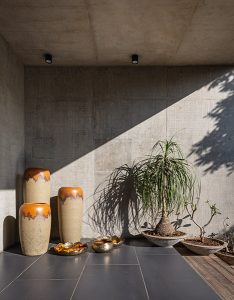
office cabin interior design
Figure 2: Photo source: www.asianpaints.com
Microcement Offers Endless Design Possibilities
Consider more than simply the walls and floors when picturing concrete in your office. You may use microcement to give any area in your corporate office interior a concrete look – fireplaces, staircases, worktops, bathrooms, furniture, and so much more. Tile, metal, wood, plastic, plasterboard, cement, and stone can all be treated using microcement. The design possibilities are virtually limitless.
There are no fractures or gaps with microcement since it is troweled on by hand like a plaster, making it a really smooth surface. While other concrete materials establish a focal point in a room, microcement is more subtle, virtually functioning as a canvas on which other design elements, such as a work of art or a statement piece of furniture, may be shown.
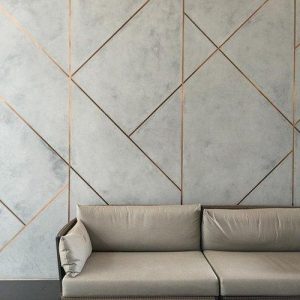
Figure 3: Photo source: www.connect2india.com
Touches of Decorative Concrete Pieces
Decorative concrete pieces can allow you to taste the concrete trend in your office without committing to concrete walls or concrete floors if you want to dip your toes in the sea of concrete design but aren’t ready to go in head-first. Concrete touches, such as a coffee table, seat, vases, a conference table, lamps, or accessories, may subtly incorporate the concrete design trend into your office.
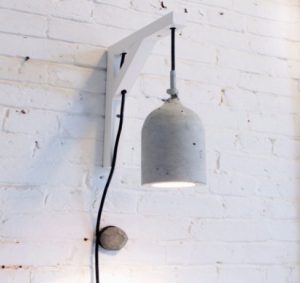
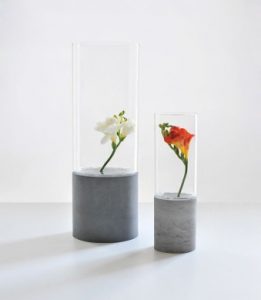
Figure 4: Photo source: www.ecsel2010.com
From construction technique to trendy design element: Board-form concrete
Board-formed concrete is a popular poured-concrete wall construction method that necessitates the creation of wood forms into which the concrete is poured. As the concrete dries, the wood grain pattern is transferred to the concrete, giving it a wood grain appearance. What was previously only a method for constructing concrete walls has now evolved into a fashionable concrete design feature!
The wood grain pattern on board-formed concrete softens and warms the concrete’s somewhat colder look while yet allowing it to exhibit its industrial side. Industrial chic interiors benefit greatly from board-form concrete, a design approach that takes modern office Interior design style and gives it a more industrial edge. The beauty of industrial-chic design lies in the combining of textures and patina, and texture is what board-formed concrete is all about. It’s full of exposed brick, raw woods, exposed beams, concrete floors/walls, industrial metal lighting, and plenty of glass.
Figure 5: Photo source: www.styleblueprint.com
Whether you fully appreciate concrete design and go all-in with a rusty and raw office makeover complete with concrete walls and/or floors, or you simply want to sample concrete design with subtle touches of concrete in your office, the growing trend of concrete design can truly be for everyone and every office!


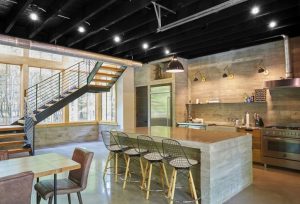
No Comments